[LUM#12] Refuge in Antarctica
From January 5 to February 13, Nacim Guellati was aboard theArctic Sunrise, Greenpeace's famous ship, as anenvironmental DNA specialist. His mission:to identify marine species present in Antarctica.
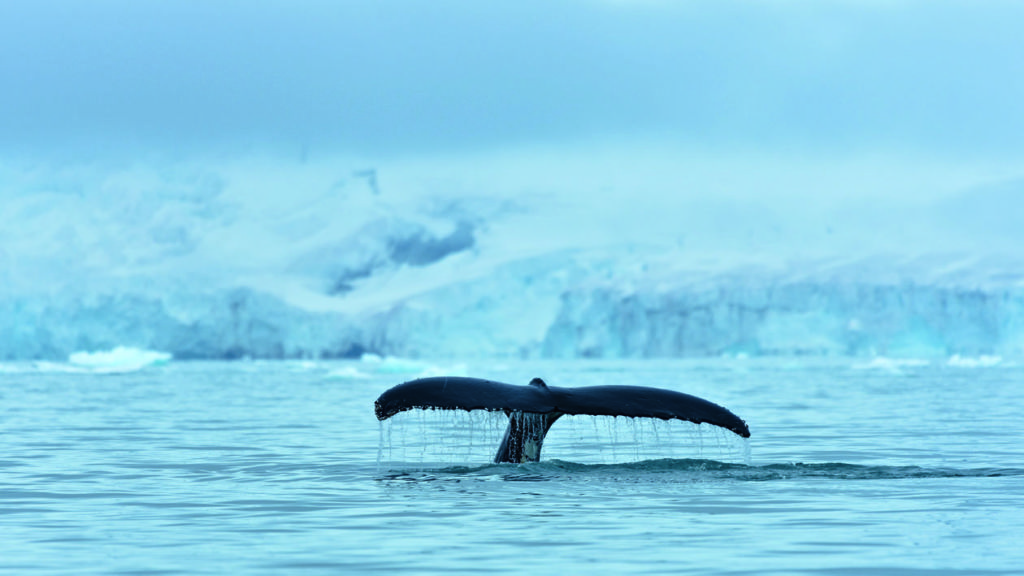
Will the poles become a refuge for wildlife fleeing human activity and its consequences? "Our hypothesis is that with global warming and the pressure of industrial fishing, new species are coming to find refuge in Antarctica, particularly during the summer," explains David Mouillot, a researcher at the Marbec laboratory (Marine Biodiversity, Exploitation, and Conservation).
To test this hypothesis, the laboratory joined forces with the environmental organization Greenpeace for a seven-week expedition to Antarctica. From January 5 to February 13, 2020, Nacim Guellati, a biology student and intern at Marbec, embarked on the legendary Arctic Sunrise as anenvironmental DNA specialist. This technique, developed by Spygen, a partner of Marbec, involves filtering water to collect DNA fragments left behind by organisms, thereby revealing the presence of species that were previously invisible to researchers. "We had to adapt to sometimes difficult conditions and improvise, but the mission was a success," says the young biologist. We were able to sample six sites instead of the four originally planned."
Weddell Sea, Shetland Islands, Elephant Island... More than sixty samples taken from different areas of the Antarctic Peninsula have been collected and are currently being analyzed. "Our findings must be used to create marine reserves in Antarctica to protect this heritage," emphasizes Nacim Guellati. Today, only 2% of Antarctica is protected, leaving almost the entire continent at the mercy of the fishing and energy industries.
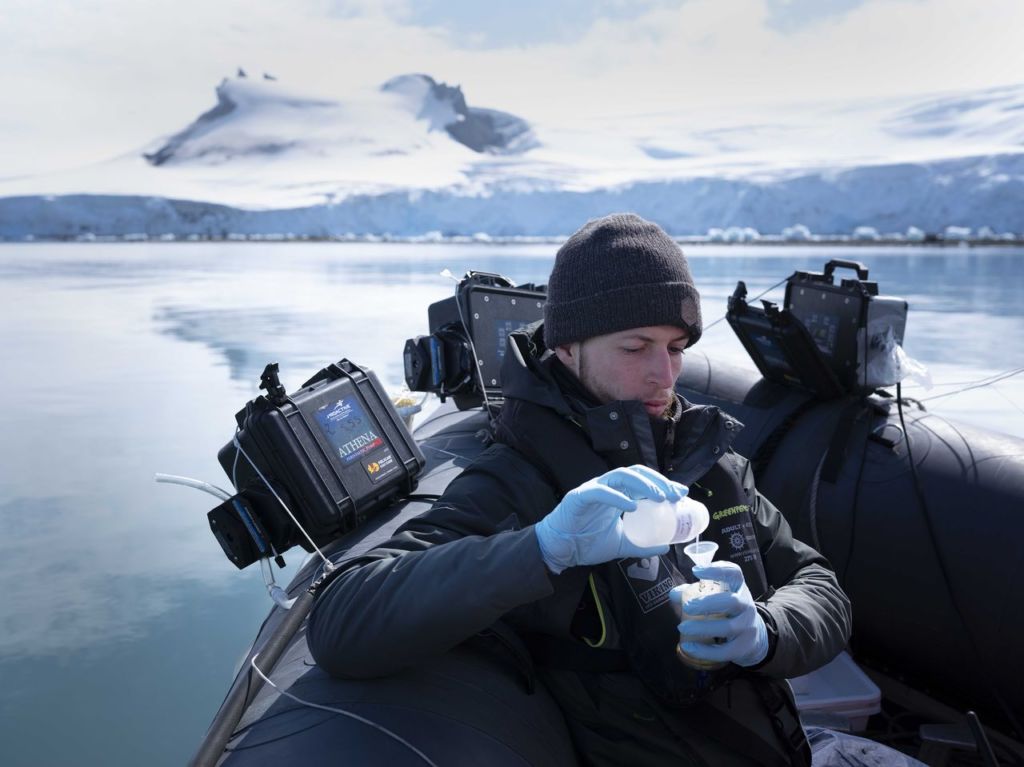
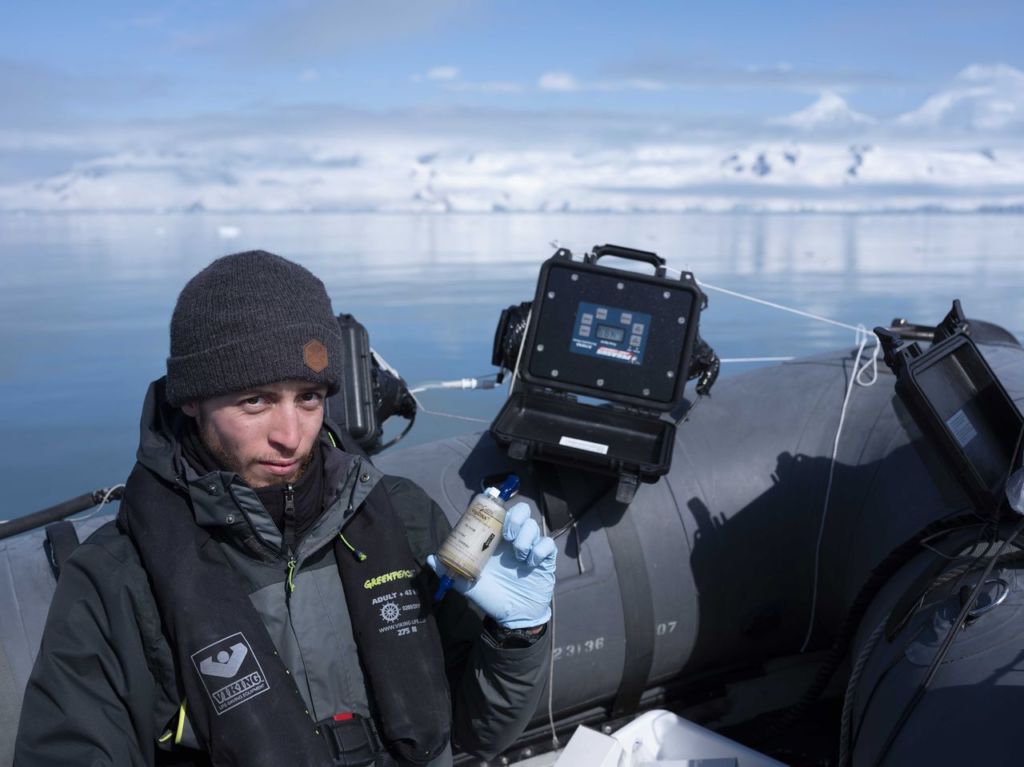
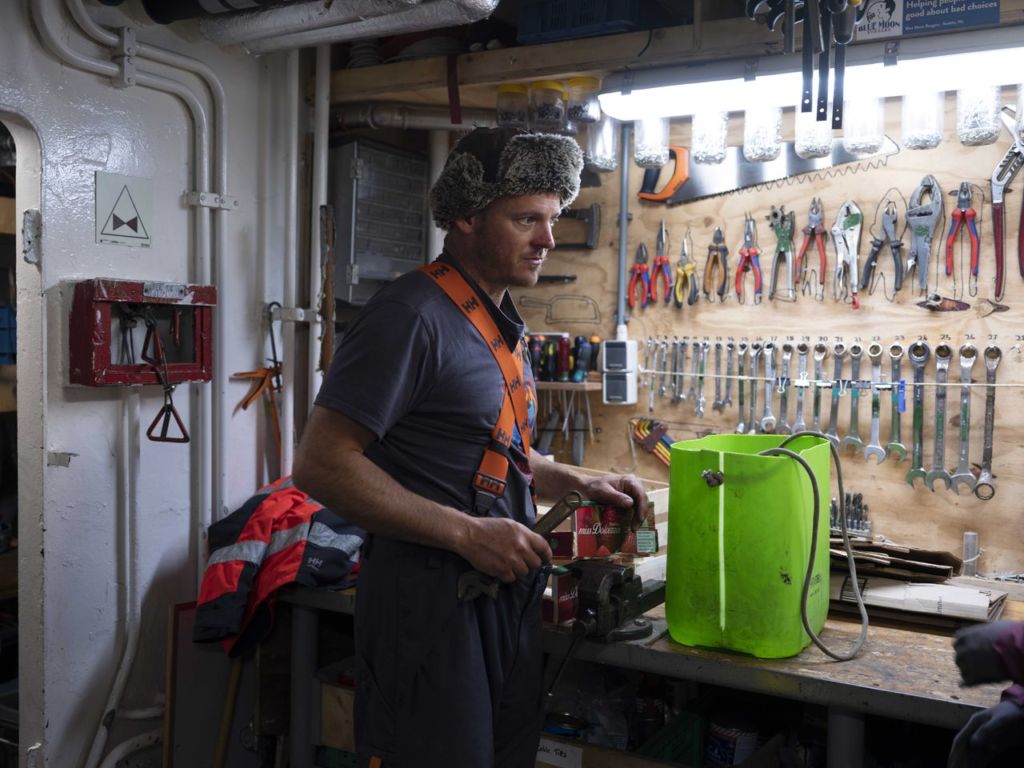
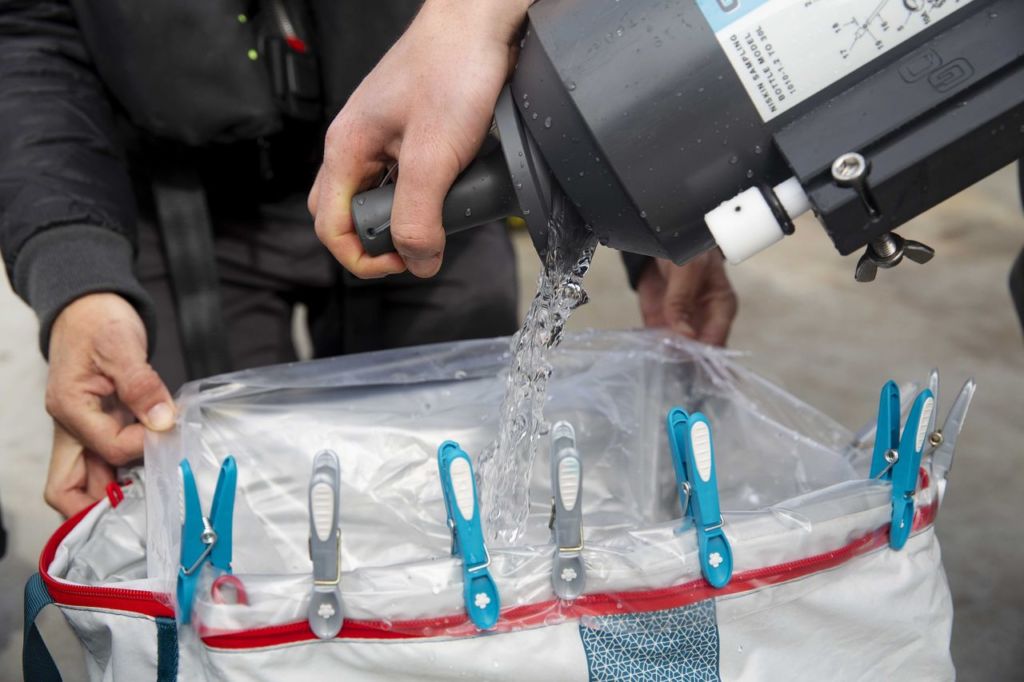
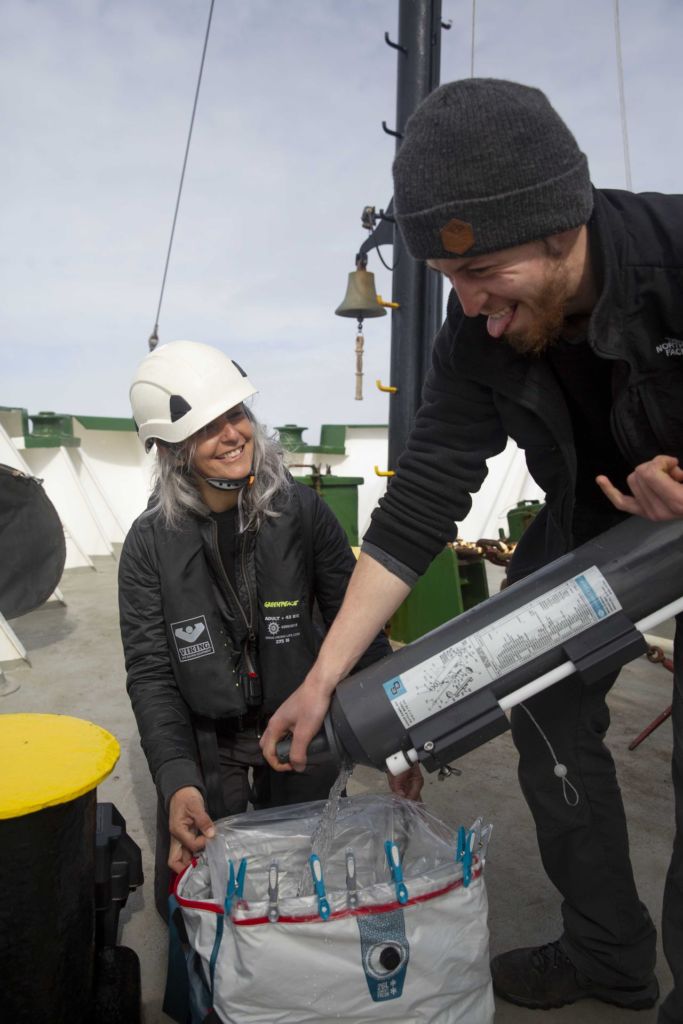
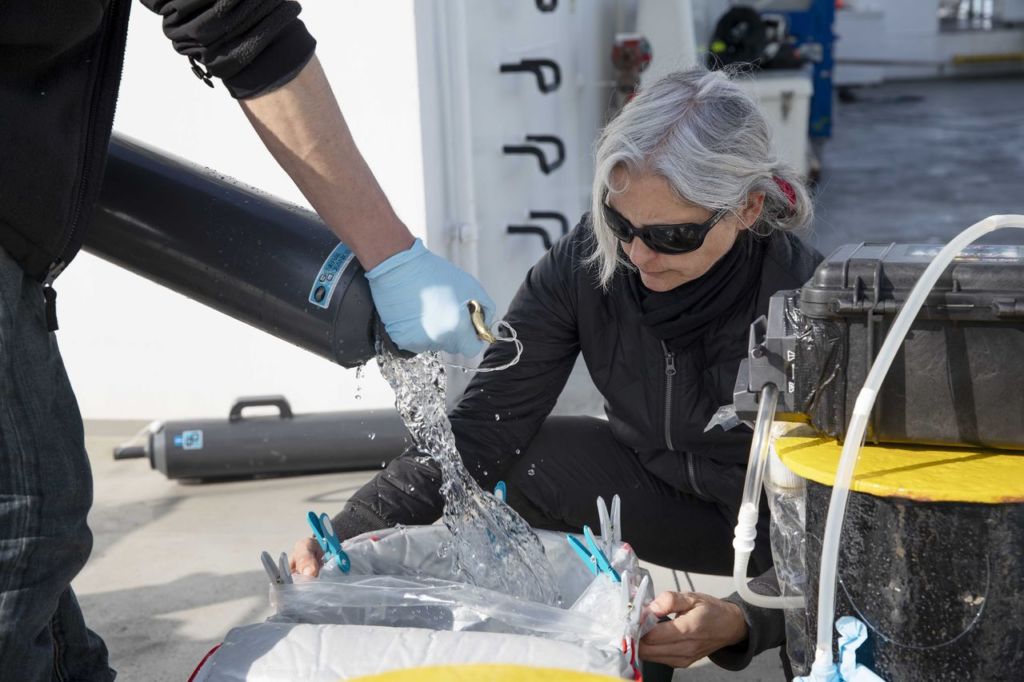
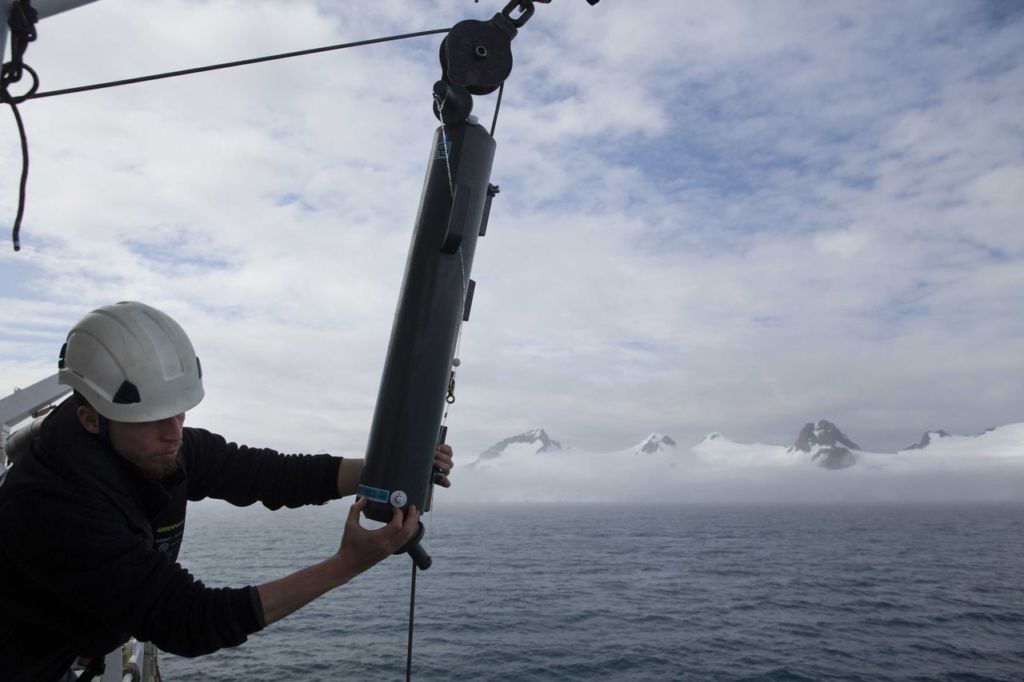
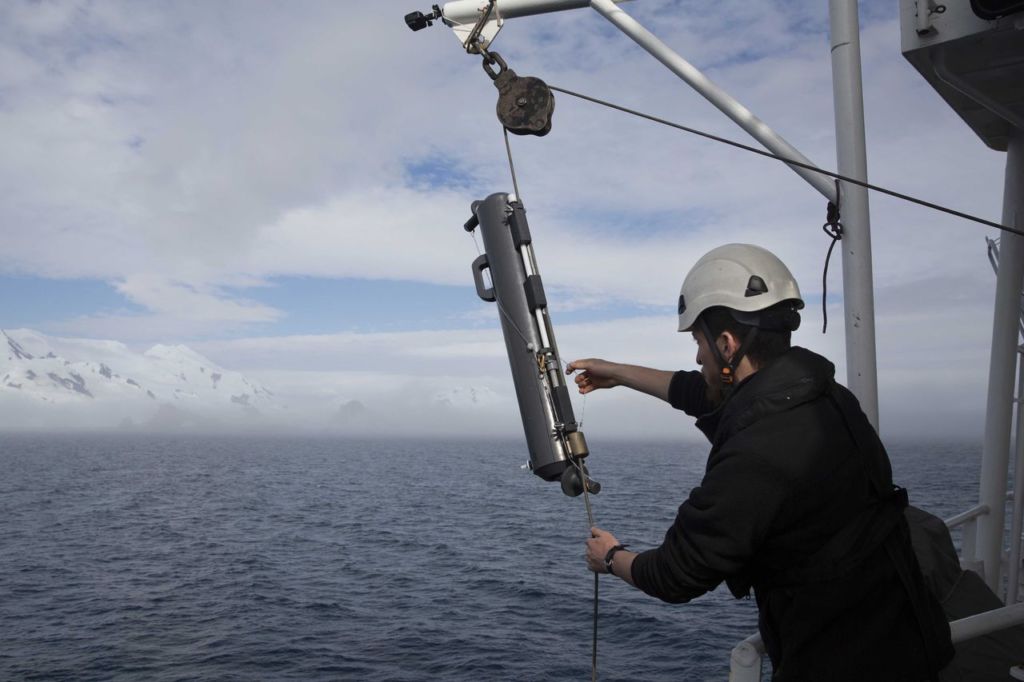
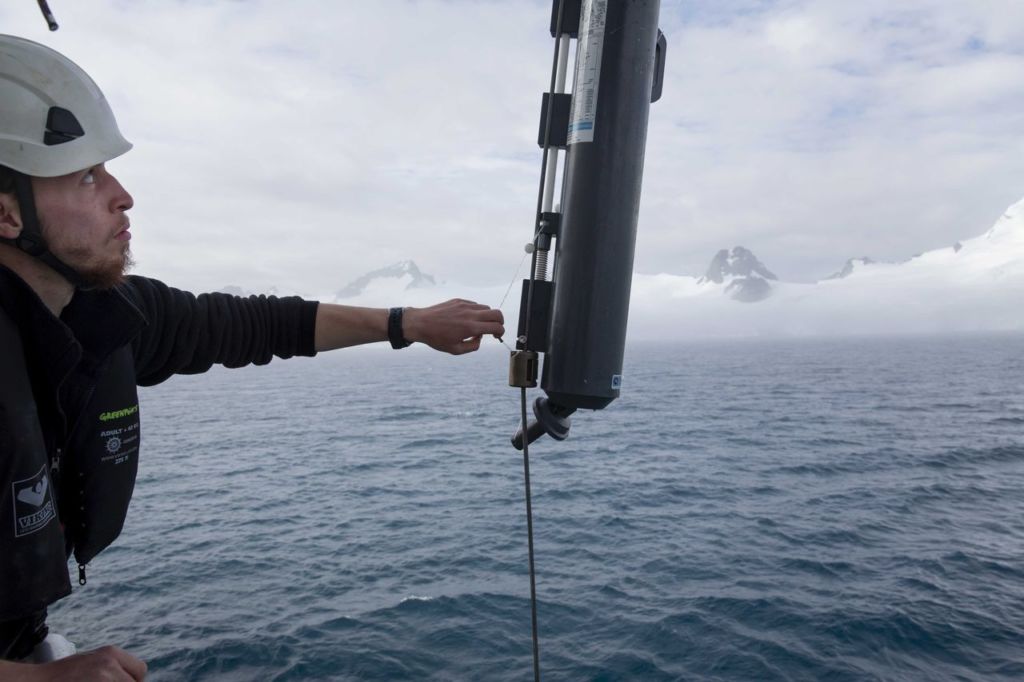
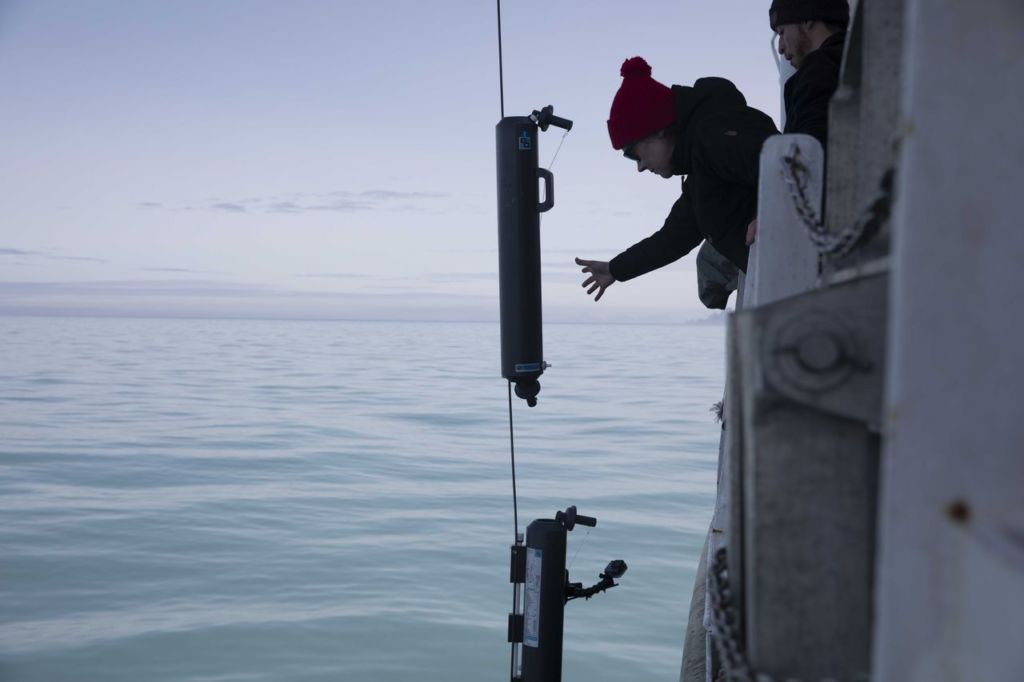
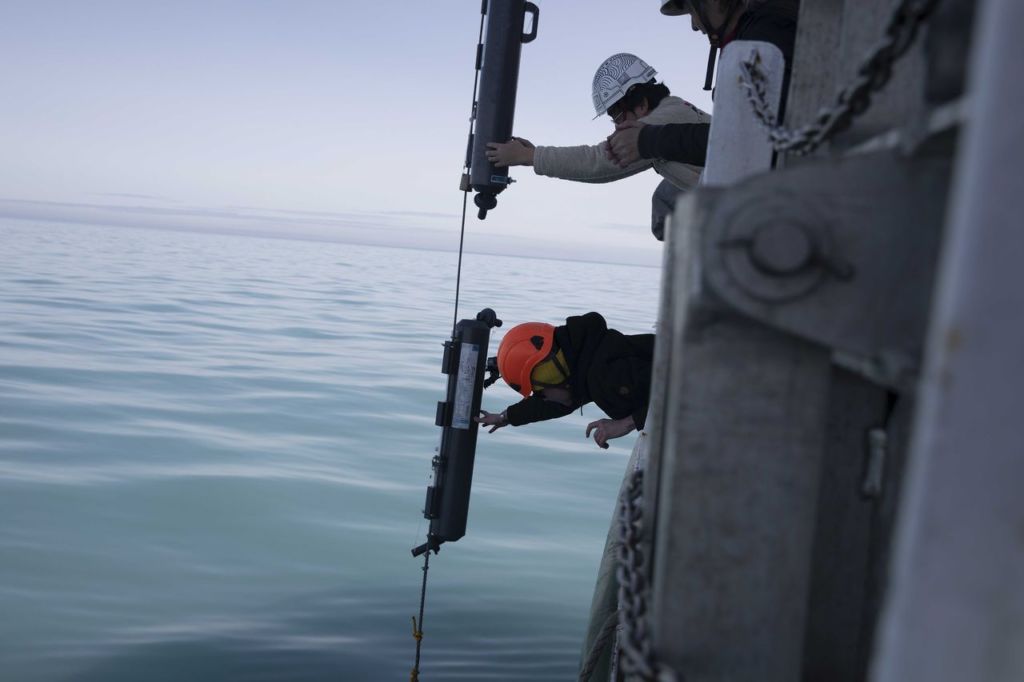
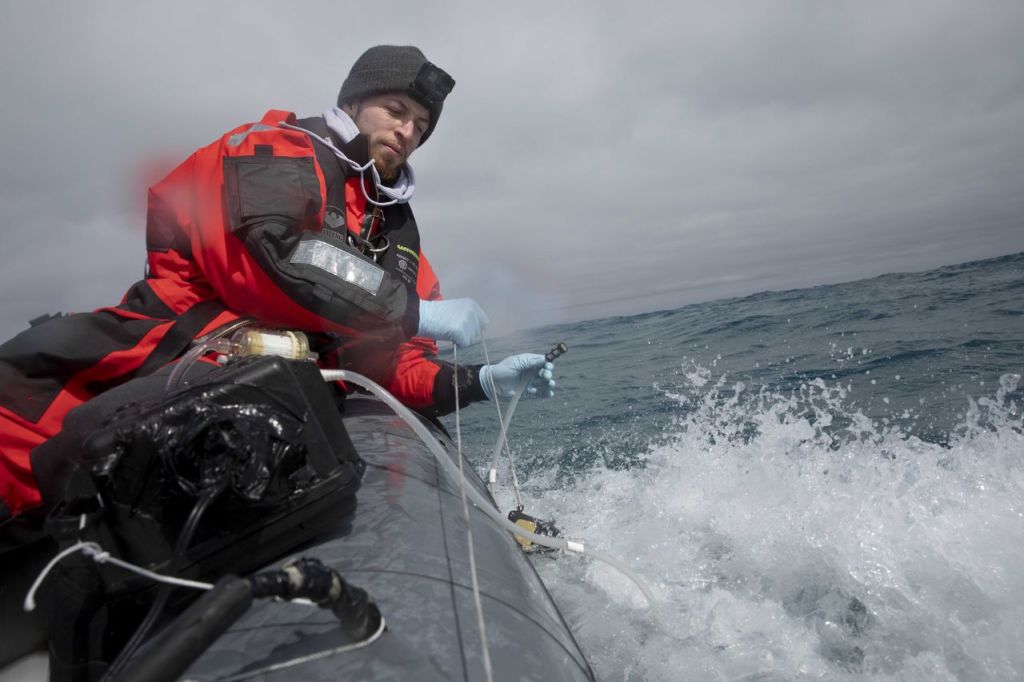
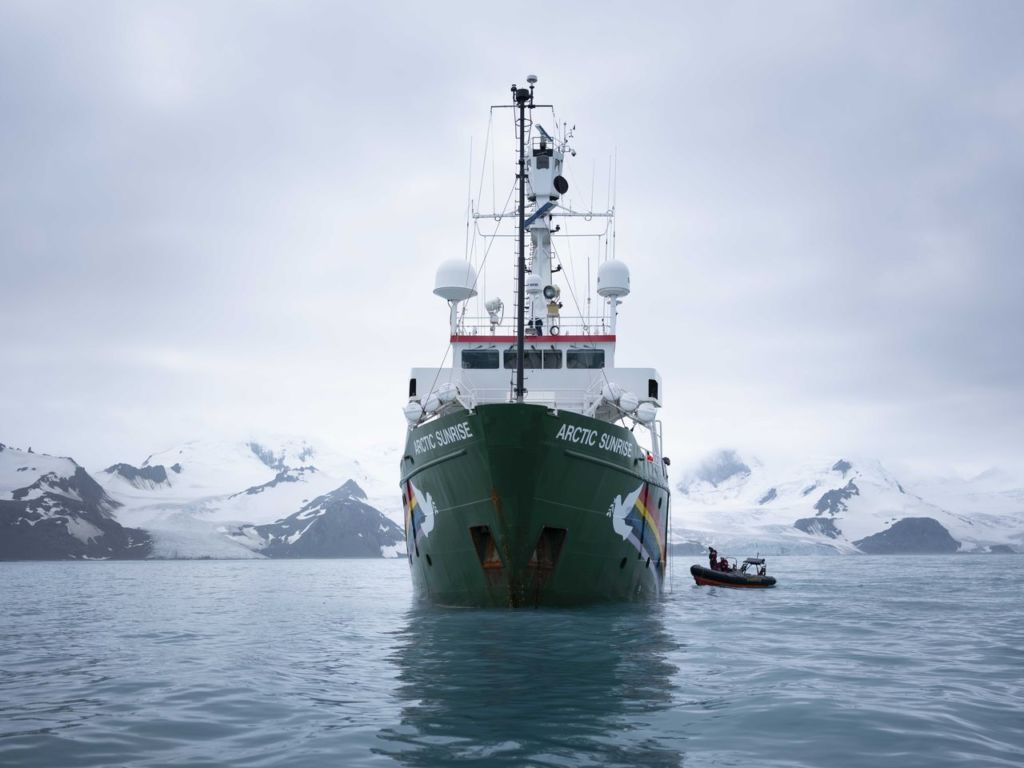
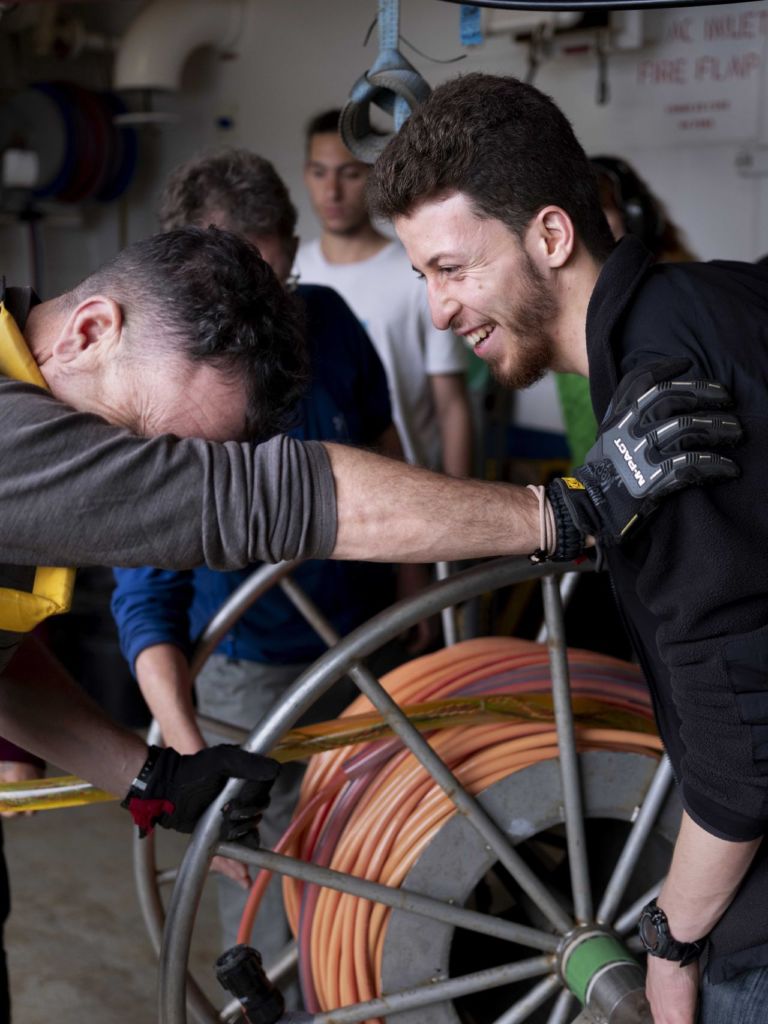
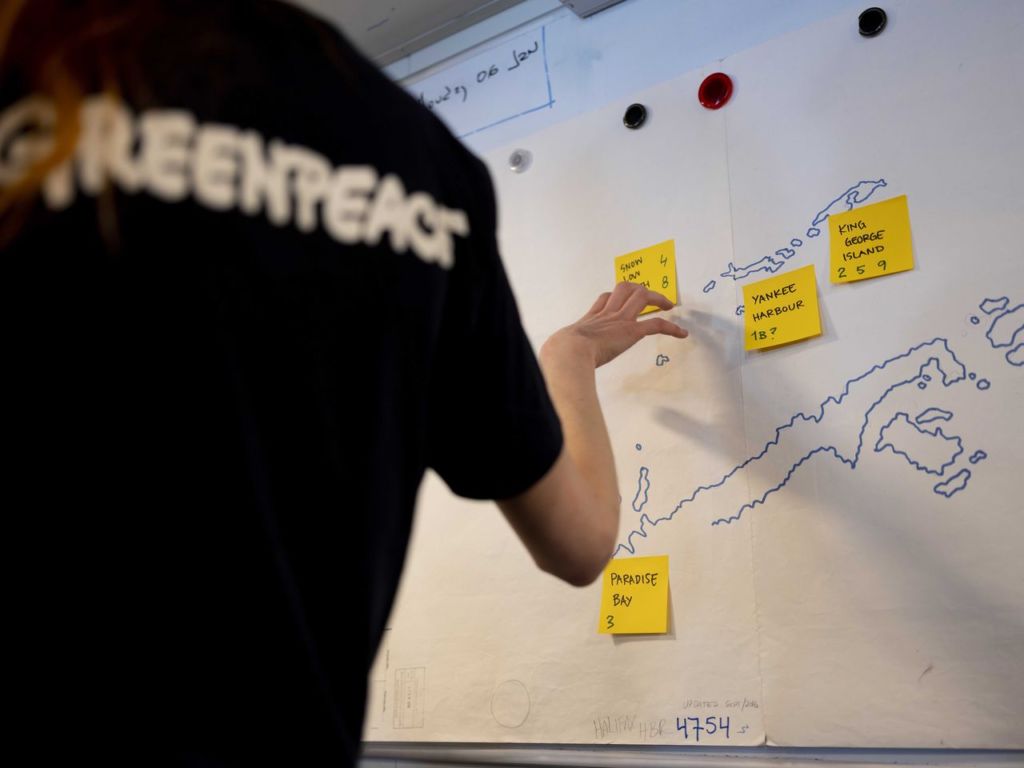
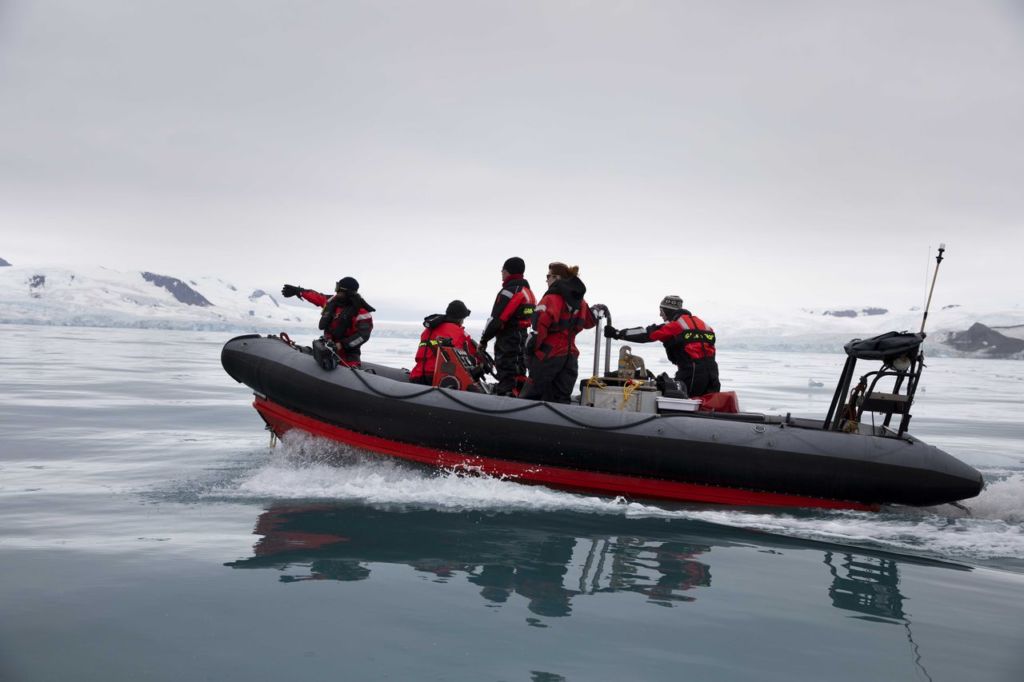
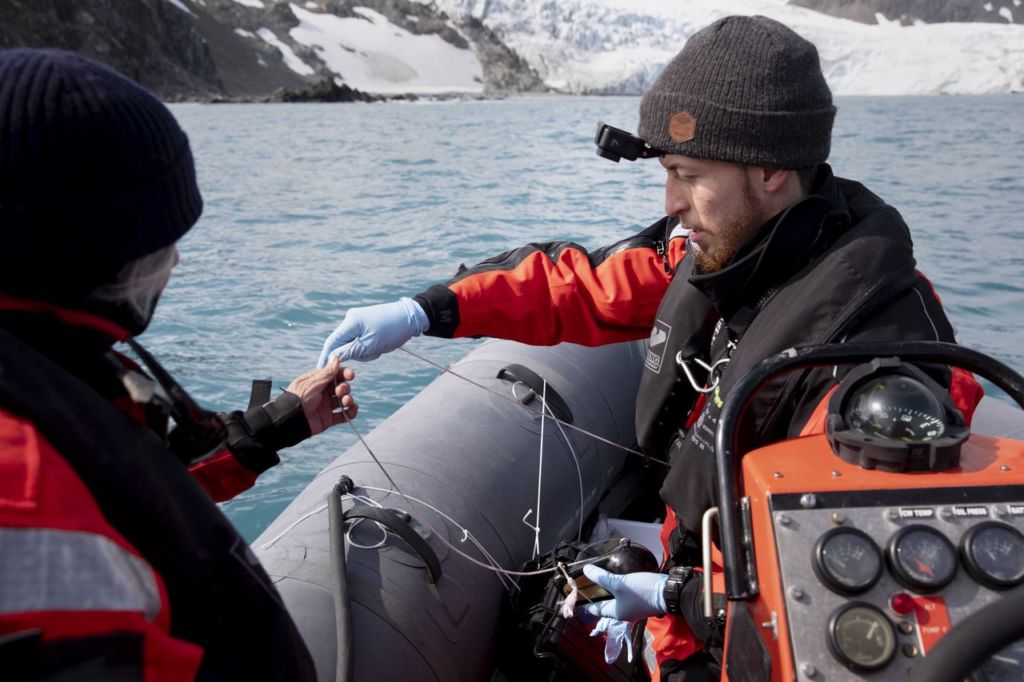

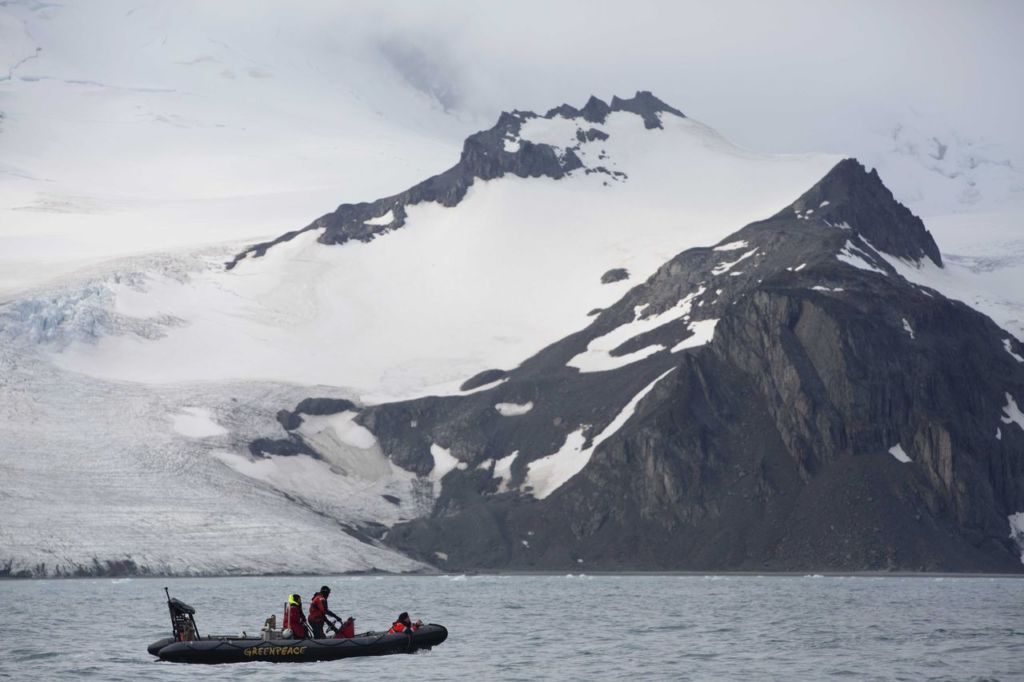

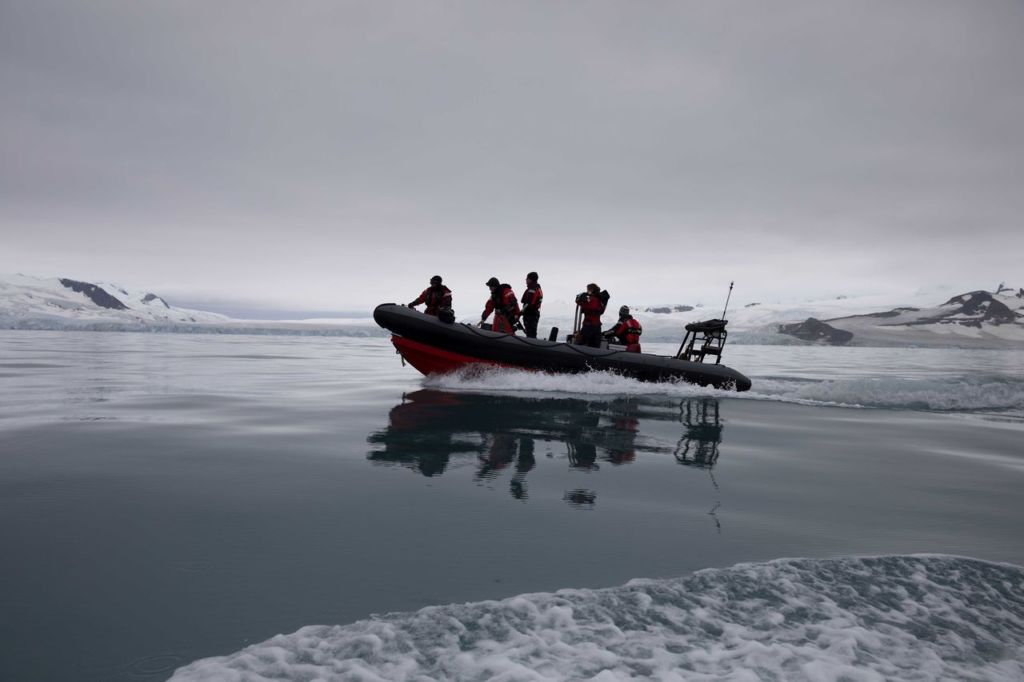
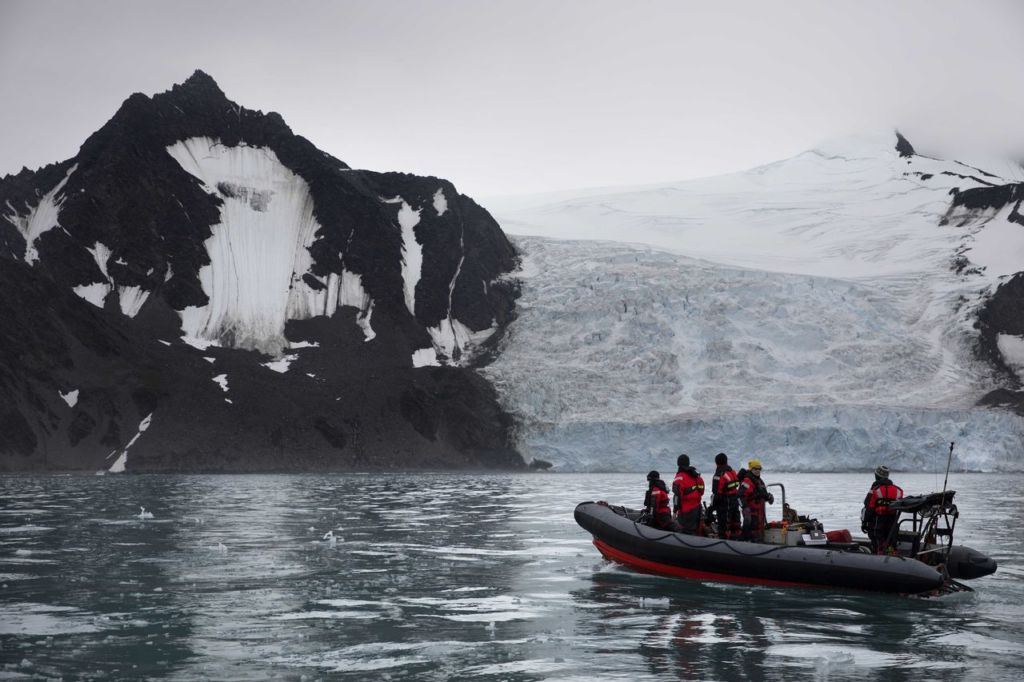
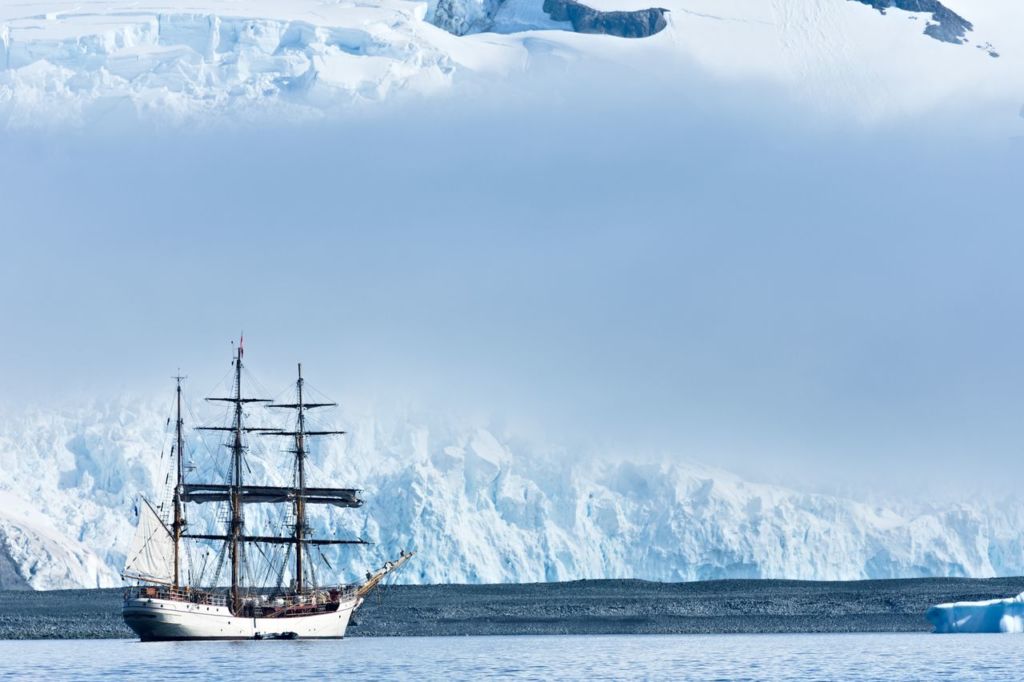
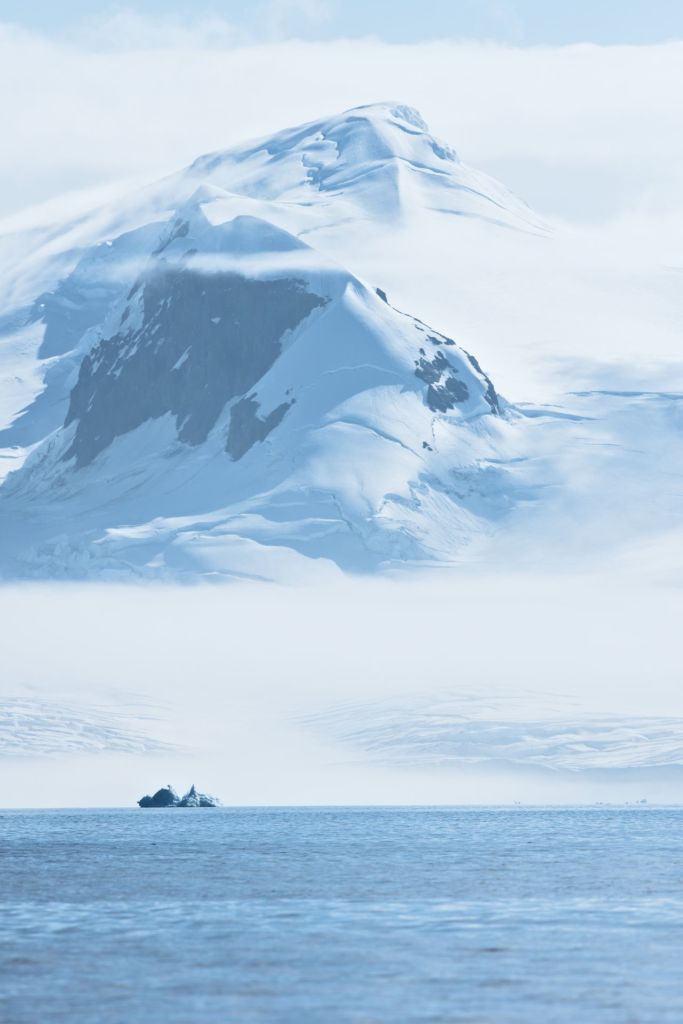
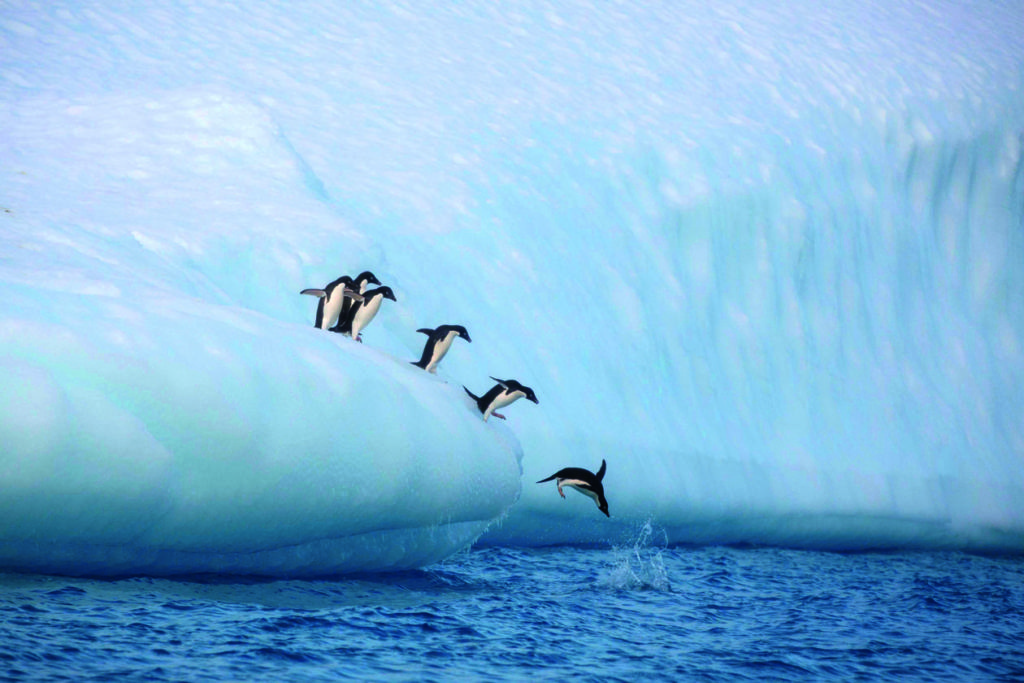
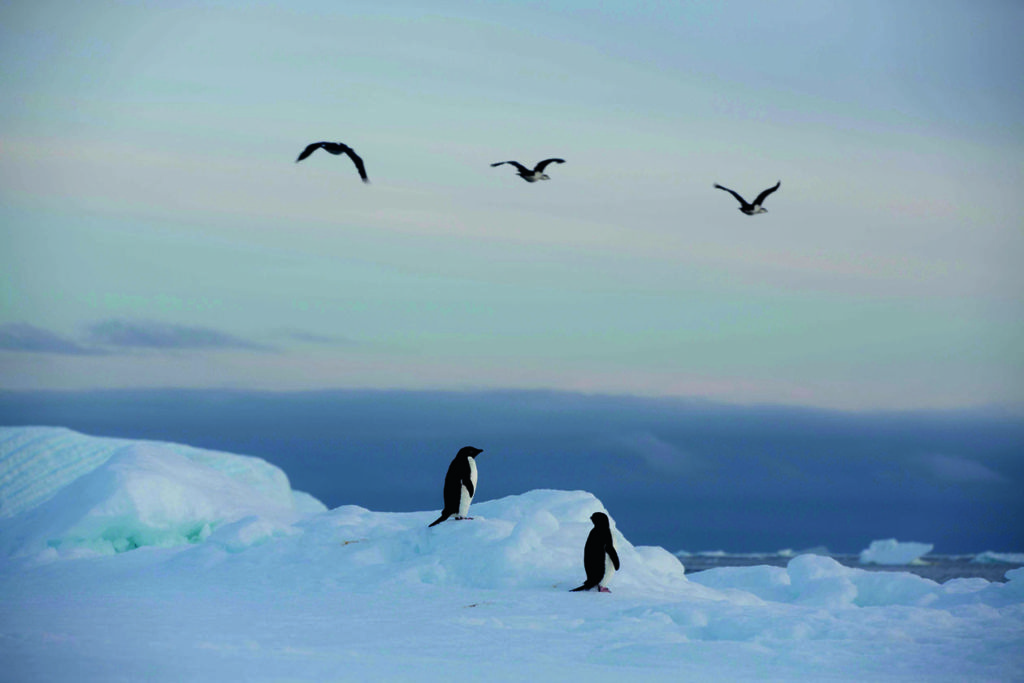
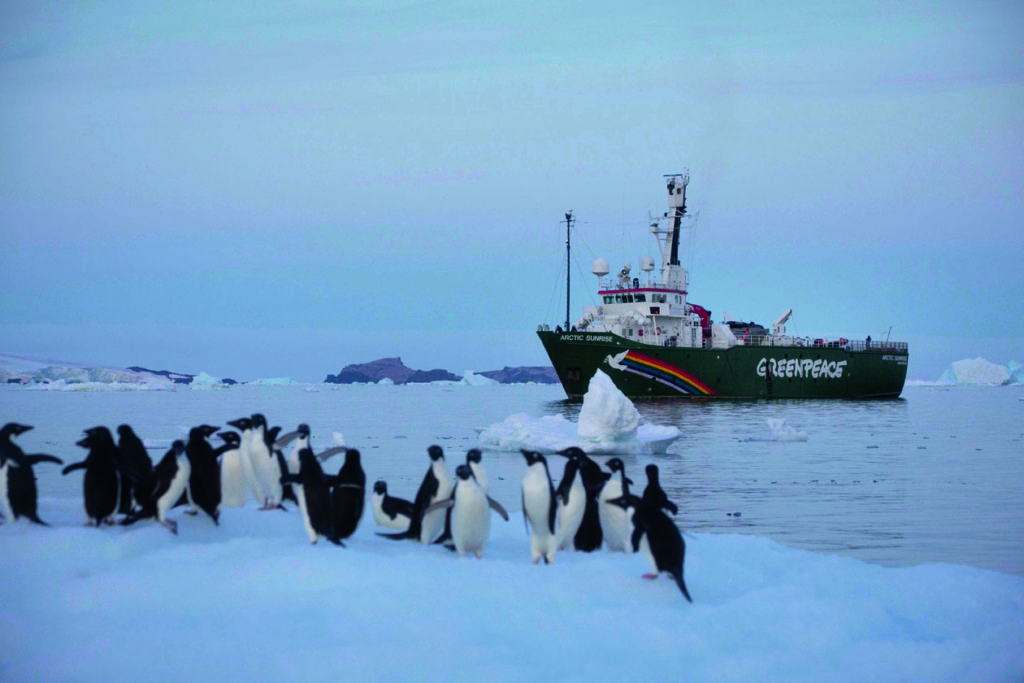

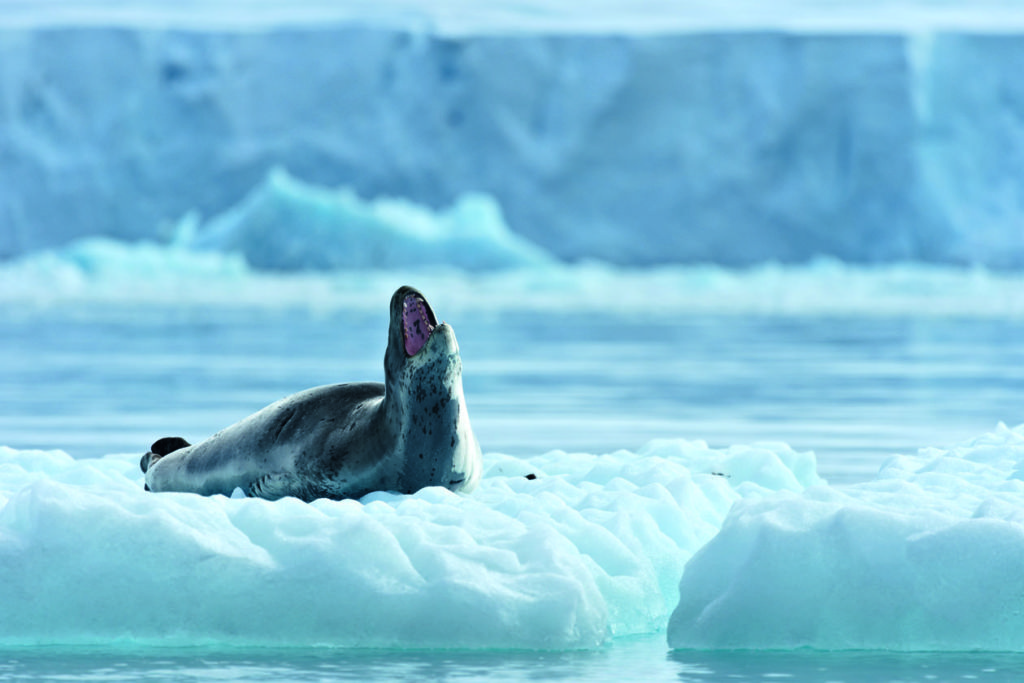
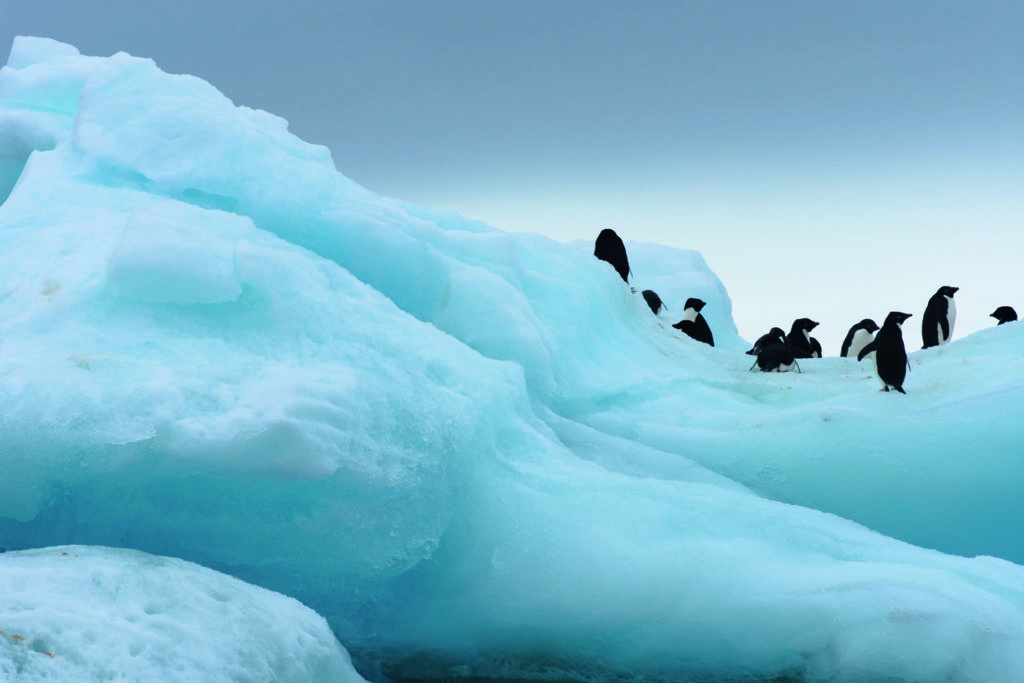

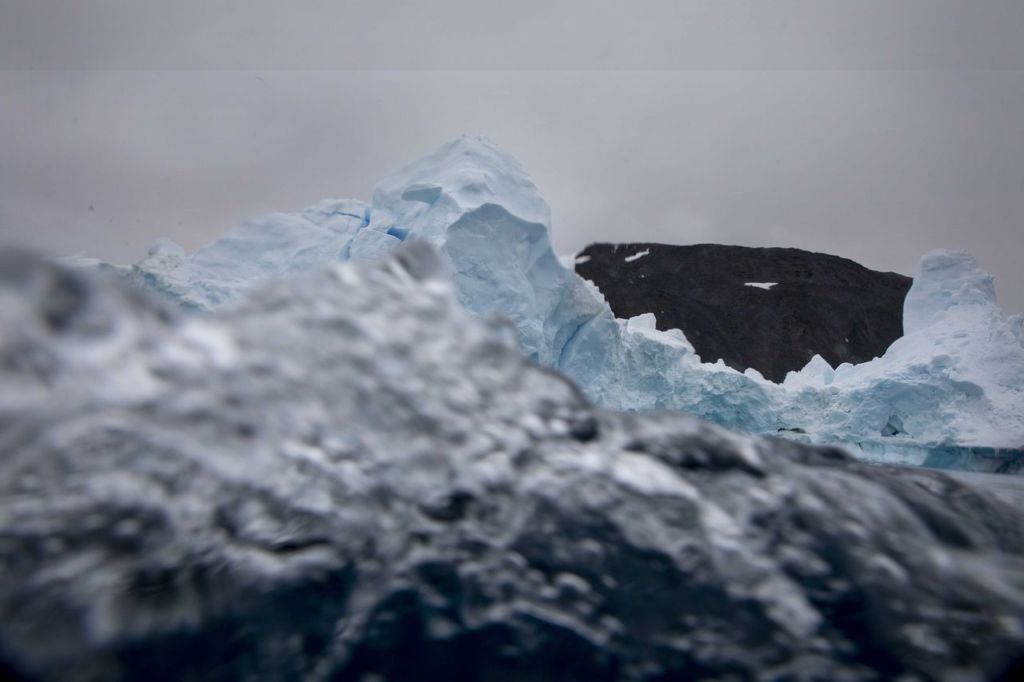
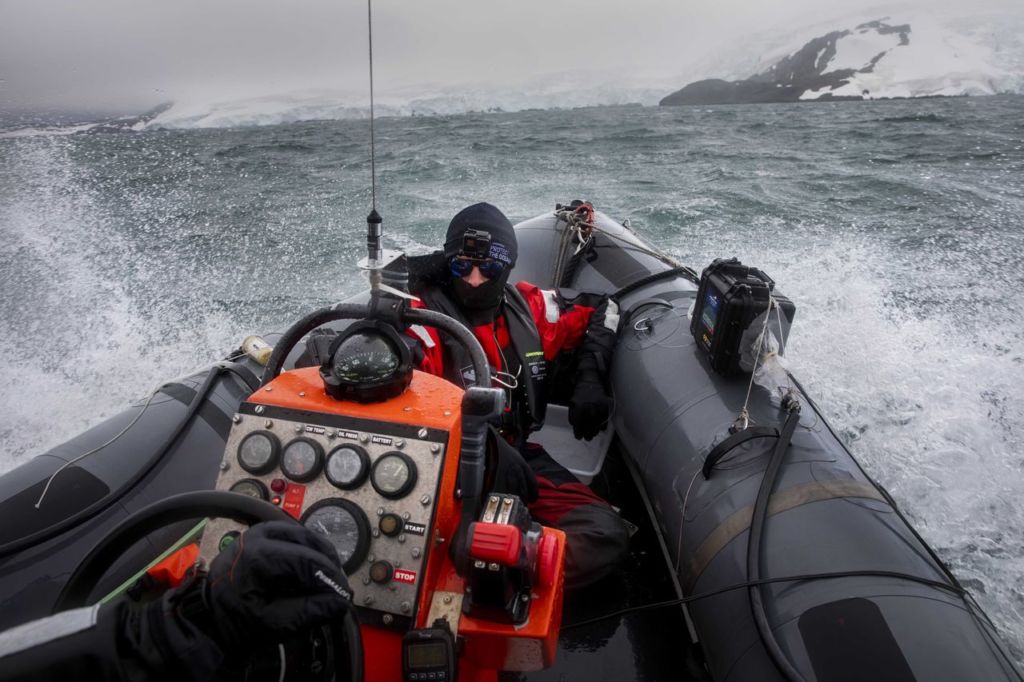
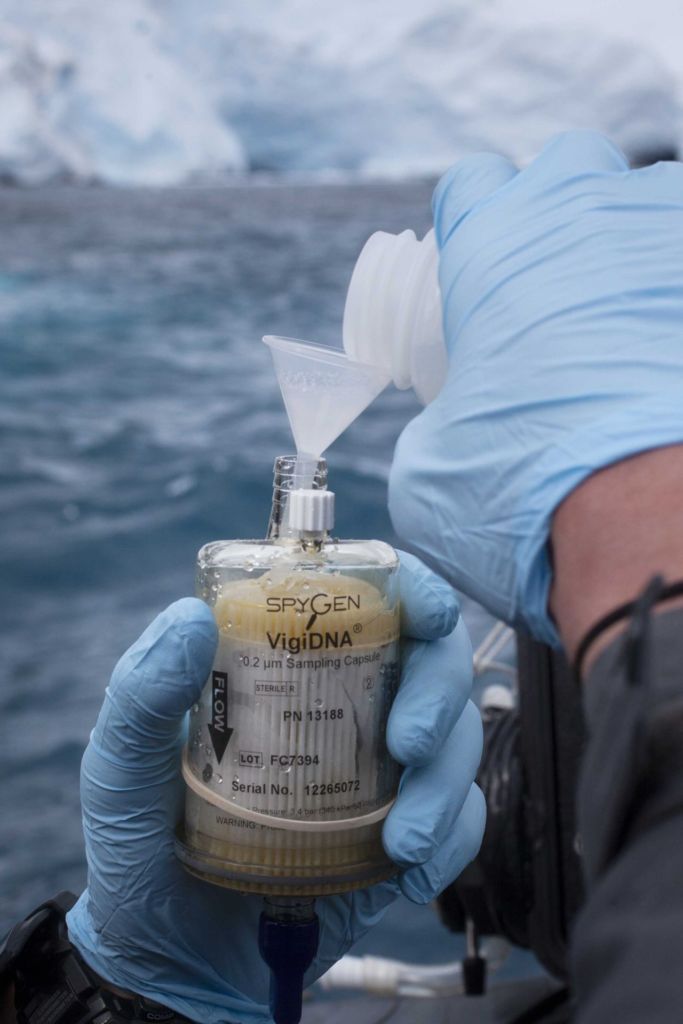
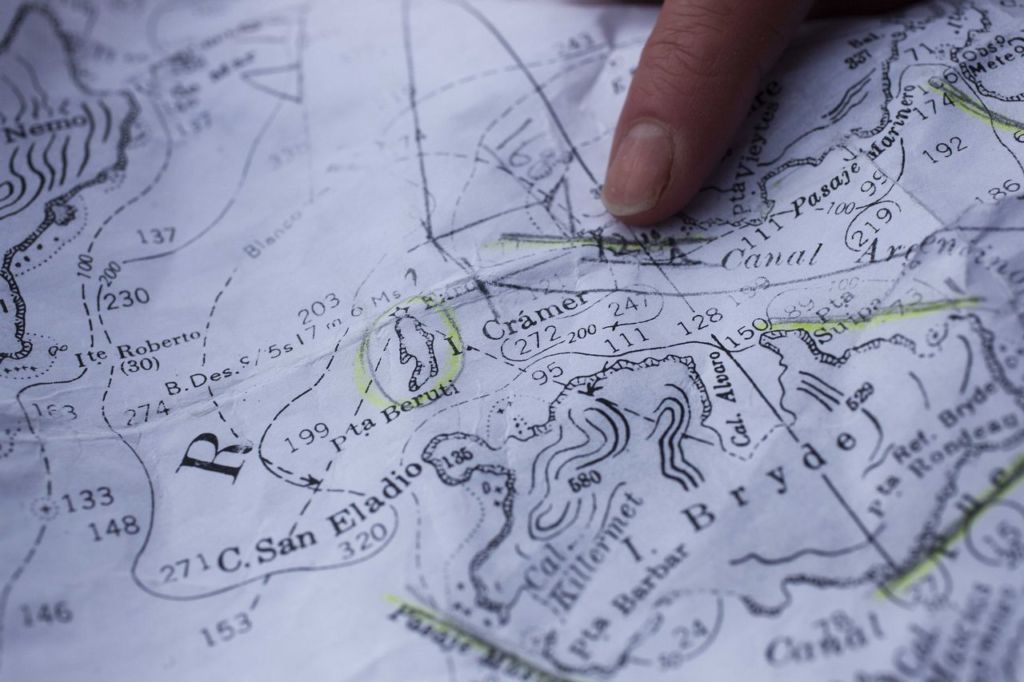
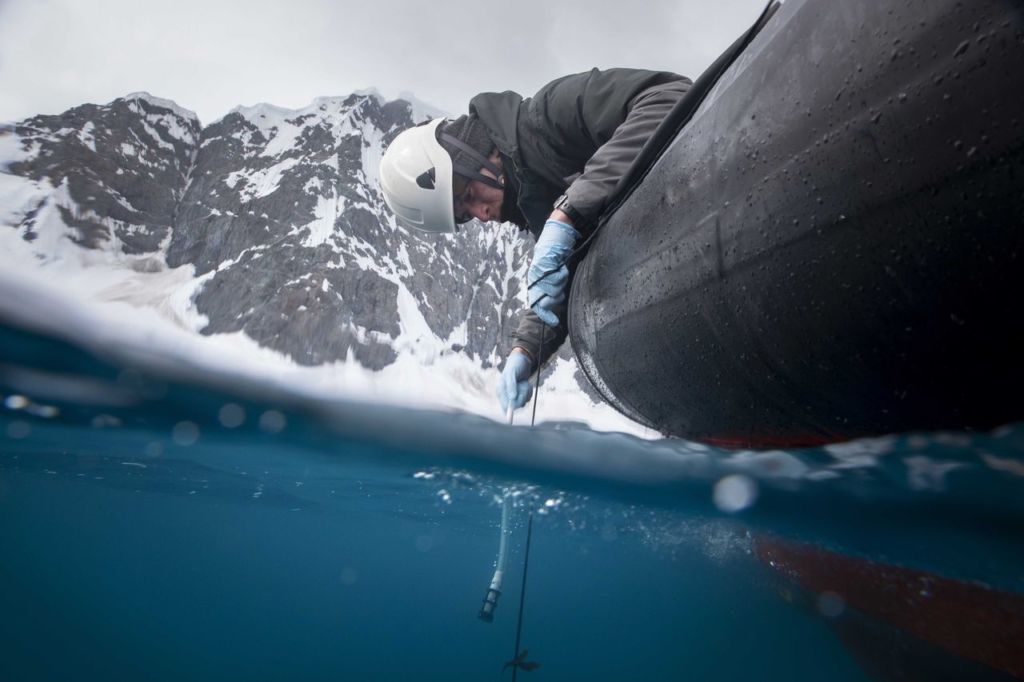
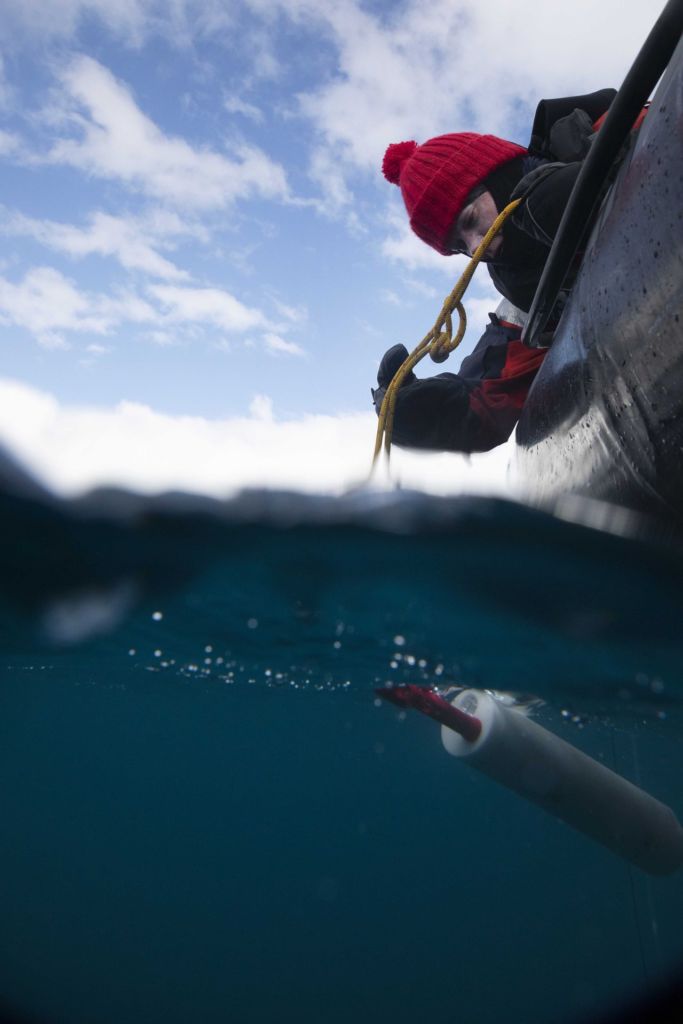
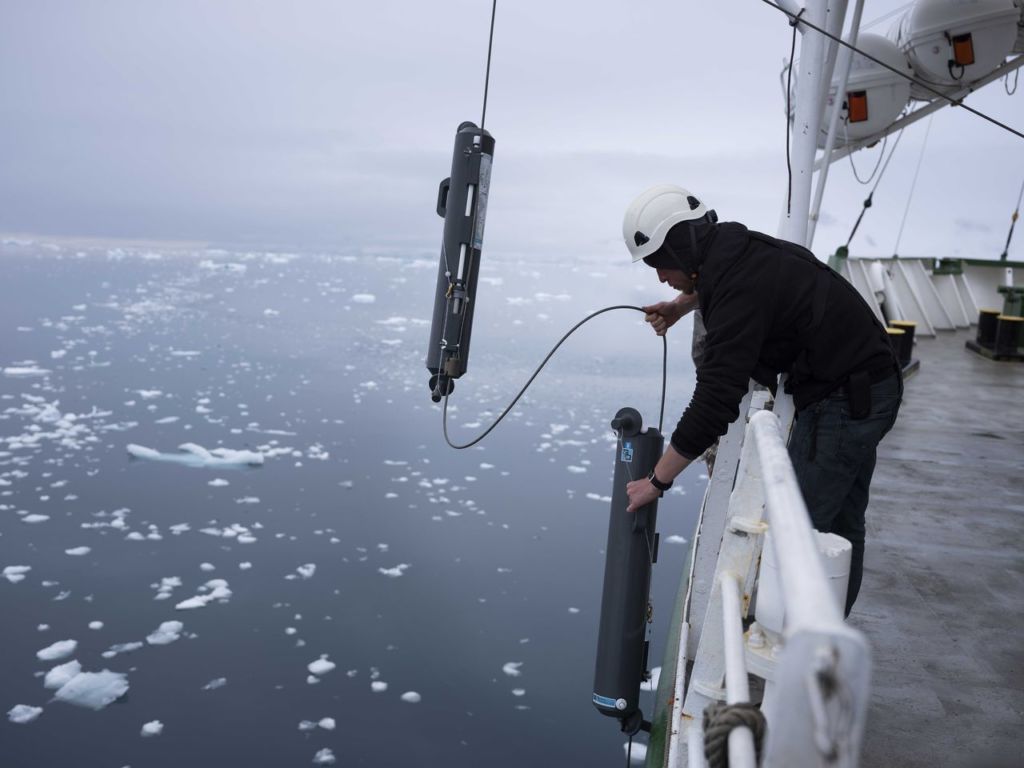
Find UM podcasts now available on your favorite platform (Spotify, Deezer, Apple Podcasts, Amazon Music, etc.).